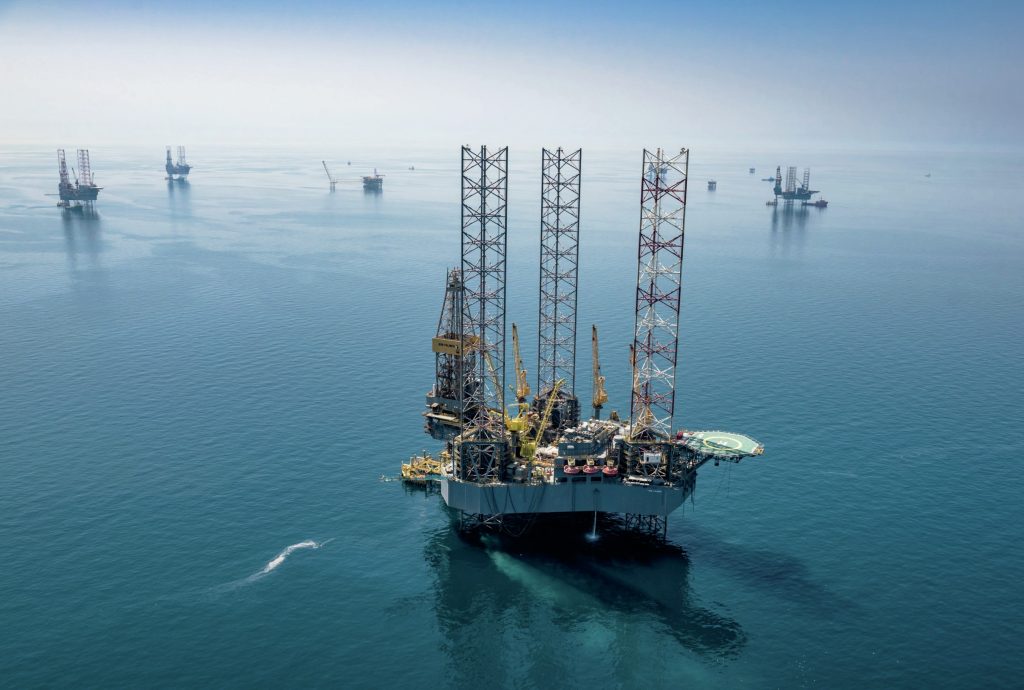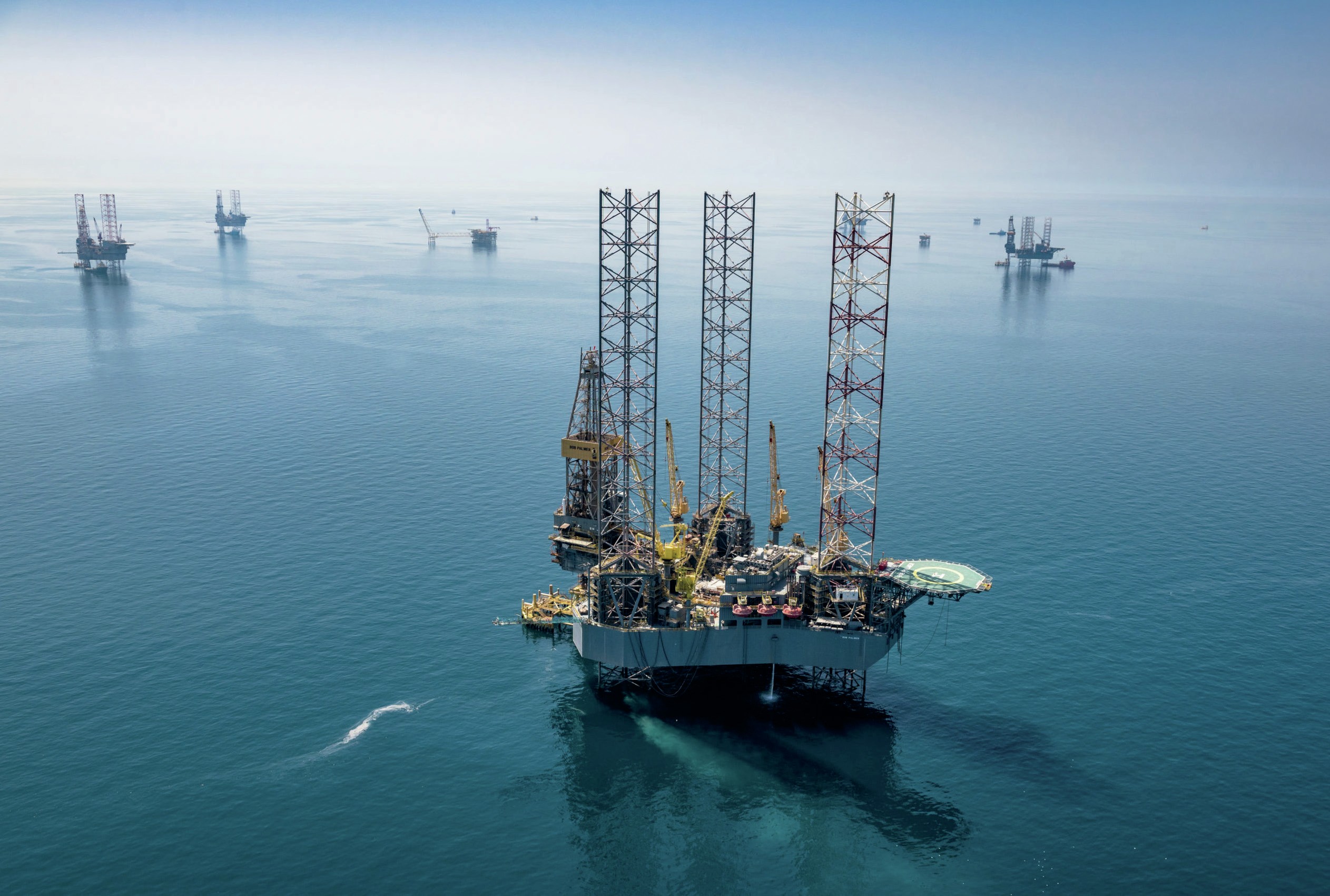Sulphur 399 Mar-Apr 2022

31 March 2022
Decarbonising gas processing
ENVIRONMENT
Decarbonising gas processing
As all industries come under pressure to decarbonise, are there ways to reduce the carbon footprint of sulphur recovery operations?

The 2015 Paris Agreement set the goal of keeping global average temperature increases less than 2°C above pre-industrial levels by 2050, and produced a roadmap for countries and industries looking to combat climate change via reducing emissions of greenhouse gases, particularly carbon dioxide but also methane into the atmosphere. So far, more than 800 companies have committed to science-based targets to align strategies with the Agreement. All industries are likely to face increasing pressure over the coming years to reduce the carbon footprint of their operations, and the oil and gas industries are likely to be under some of the most intense pressure. Some companies, including BP, Norway’s Equinor and Spain’s Repsol, have already pledged to reduce some or eliminate all of their emissions in absolute terms by 2050. Shell has pledged to cut absolute emissions from its operations by 50% by 2030. Others, including Total, are focusing on reducing the carbon intensity of their operations and products. In any case, reducing the carbon dioxide equivalent emission of oil and gas operations will become a growing issue for the sector over the coming years. Historically there has been some confusion over what is being measured and relative to what baseline which has muddied the waters of carbon emissions reduction, although next year a new reporting standard, developed by the independent Global Reporting Initiative (GRI), comes into force which aims to make the various pledges and reporting standards more transparent and allow greater comparison between companies.
The United Nations Framework Convention on Climate Change (UNFCCC), whose most recent Conference of Parties (COP26) was held in Glasgow last October and November, defines three classifications of emissions in the greenhouse gas protocol:
- Scope 1: direct emissions related to on-site fuel combustion or fleet vehicles;
- Scope 2: indirect emissions related to emission generation of purchased energy, such as heat and electricity;
- Scope 3: other indirect emissions related to both emissions from upstream and downstream business activities.
For the oil and gas industry, Scope 3 emissions effectively refer to the use of their products by consumers, and while the continuing move to electric vehicles and other lower carbon alternatives will gradually reduce demand for hydrocarbon products in the future, companies processing oil and gas are likely to have to focus initially on their Scope 1 and 2 emissions. Shell’s pledge above covers Scope 1 and 2 emissions only, likewise Exxon and Equinor (and only for Norway in Equinor’s case). BP, Total and Eni have agreed to consider Scope 3 emissions in their own targets.
Reducing methane waste
Oil and gas companies are likely to focus on upstream activities for ‘quick wins’, as reducing leakage and flaring of methane will enable major savings – methane’s global warming potential is around 30 times that of carbon dioxide. The International Energy Agency (IEA) 2020 Methane Tracker estimates that oil and gas industry methane emissions were equivalent to more than 81 million tonnes of CO2 in 2019: 4% from incomplete flaring, 28% from fugitive releases, and 68% from venting. US shale gas production has seen emissions rise as lack of gathering infrastructure and pipeline capacity in some shale areas make it cheaper to vent or flare cheap natural gas than to transport it to buyers. There are also major campaigns under way to reduce flaring; the IEA estimates that some 75% of emissions from flaring could be avoided, and that 40% overall could be prevented at no net cost if captured gas was utilised for commercial purposes. It is reckoned by some analysts that roughly half of all GHG reductions over the next 2-3 decades within the oil and gas industry could be accounted for by reduction of methane waste.
Electrification of operations
In a gas processing plant, steam turbines typically generate energy from a process gas stream, as the fuel is readily available. However, not only does this burn valuable product, it also increases CO2 output. Electrification of some pumps, compressors etc can mitigate against this, depending on the source of the electricity. For example, China’s CNOOC is planning to bring power from an onshore grid to two fixed, high-voltage AC power platforms in the country’s first platform electrification. In the UAE, ADNOC’s offshore production facilities will connect to Abu Dhabi Power Corporation’s onshore electricity grid via the region’s first high-voltage direct current subsea transmission system.
This can further reduce emissions when integrated with renewable power sources; solar photovoltaic (PV), wave energy, and wind power. Falling costs of renewable generation and potential access to carbon credits can make renewable power a cheaper option, depending on the setting. Norway’s Equinor reckons that the electrification of its Johan Sverdrup field has led to the oil produced from it being achieved at CO2 emissions of just 0.67 kg per barrel, compared with an average of 9 kg elsewhere.
Energy efficiency measures
Sulphur recovery units (SRU) are one of the higher energy parts of a gas processing plant, using burners to convert part of the H2 S in an acid gas stream to SO2 which then reacts with the remaining H2 S to form sulphur and water (the Claus reaction). Using existing process energy more efficiently offers potential for savings in CO2 footprint, via waste heat boilers and steam export. However, there can be a tension between higher levels of sulphur recovery and emissions of CO2 . In particular, moving from 99.9% recovery to the very highest levels of sulphur recovery (>99.98%) involves progressively more stringent conditions – especially as regards tail gas treatment – and can increase CO2 emissions by up to 50%1 .
Alternative tail gas treatment technologies can improve the energy balance. Where there is sufficient demand, conversion of the sulphur component of a Claus plant stream to sulphuric acid, such as via the Topsoe WSA process, can add an exothermic section which allows more heat to be recovered for power/steam export. Bechtel is working on a pressure swing adsorption Claus process; a single-step sulphur removal and recovery technology that can reduce plant capital cost and improve operating efficiency by eliminating amine treatment as well as providing a high purity carbon dioxide stream for use in CCS/EOR.
Digitisation
The use of digital technologies can also help drive process efficiencies. Analysing plant data can boost the efficiency of production through, e.g. better control of process conditions and improved management of energy balance, as well as data driven maintenance; more accurately predicting problems, and enabling more timely interventions.
CCS
Carbon capture and storage (CCS) is becoming an increasingly attractive option for large scale operators looking to reduce CO2 emissions. Gas processing plants are generally sited near oil/gas wells and have existing pipeline connections, meaning that diversion of CO2 to exhausted wells or to existing oil wells for enhanced oil recovery (EOR)can be a practical and relatively less expensive option. In the case of EOR it can even pay for itself. Gas processing plants, especially those dealing with large scale sulphur recovery, also can already offer an existing large source of amine for carbon dioxide absorption via tail gas treating units.
In the UAE, the Abu Dhabi National Oil Company (ADNOC) is planning to capture 4.2 million t/a of CO2 from its operations at the Habshan-Bab gas processing facilities and the Shah sour gas plant and use it for enhanced oil recovery at the Rumaitha and Bab oilfields as part of plans to reduce national carbon footprint by 70% by 2050.
Separating CO2 from nitrogen can be a less efficient process, meaning that operating an SRU at 100% oxygen enrichment can not only improve throughput and raise operating temperatures to increase the destruction of contaminant species, but also assist with downstream CO2 recovery2 .
Alternatively, cryogenic CO2 recovery systems are under development which cool CO2 -laden gases to the point that the CO2 desublimates, separate the desublimated solids from the light gases, pressurises the CO2 stream, and warms both the CO2 and the gas streams back to their initial temperature via heat recovery, delivering liquid CO2.
Supportive policies
While the COP-26 meeting focused on developing market mechanisms to try and encourage decarbonisation, including more widespread and better regulated markets for carbon credits to avoid some of the issues with existing schemes, market mechanisms in themselves will not be enough to secure the changes in the way we use energy that will be needed to meet decarbonisation targets. A supportive public energy policy environment will be needed to create the impetus for scaling the uptake of low-carbon fuels, along with recognition that large scale use of CCS will be essential to meet climate targets. It may also need to recognise that, as with sulphur recovery and carbon efficiency, there are trade-offs in process sectors such as gas processing that need to be acknowledged.
References






